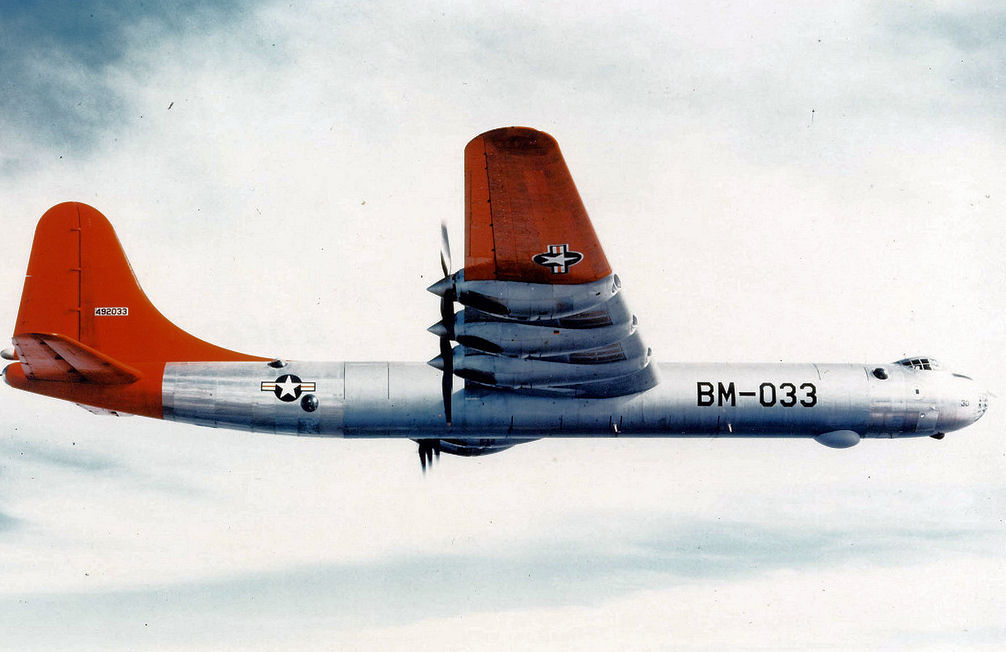Nuclear Weapons 240 - Atomic Bomb Lost Of British Columbia In 1950 May Have Been Found
Late on February 13th, 1950, a U.S. Air Force Corvair B-36 intercontinental bomber was flying over the northwest coast of Canada on a simulated nuclear bombing mission over the U.S when three of its engines caught fire. The Corvair B-36 was carrying a Mark IV atomic bomb containing uranium and five thousand pounds of conventional explosives. There was no plutonium core in the bomb so it could not have been detonated. It was reported that the crew jump out of the plane which subsequently crashed in the Pacific Ocean.
Eventually, the U.S. government admitted that the plane carried an atomic bomb. It was reported that the crew jettisoned the bomb and detonated the conventional explosives over the Inside Passage off the coast of British Columbia. This incident was the first accident involving a U.S. nuclear weapon. This type of event is referred to as a "Broken Arrow" by the U.S. military.
The captain of the Corvair B-36 took the plane over Princess Royal Island so the crew could parachute onto dry land. He set the autopilot to fly the plane over open ocean before he bailed out. At the time of the crash, Canadian authorities were not told that the plane carried an atomic bomb.
Four years after the crash, planes searching for the wreckage of a private plane spotted the wreckage of the Corvair B-36 in a remote area of British Columbia's coastal mountains. The location of the wreckage was three hours flying time in the opposite direction from where the Corvair B-36 was supposed to have crashed in the ocean. A search party on foot finally reached the site of the wreckage in August of 1954. That expedition removed certain important pieces of equipment and then blew up the remaining wreckage. In 1997, a Canadian and an American expedition reached the site and studied the what was left of the wreckage.
On a recent diving trip to Banks Island near the border between Alaska and Canada in the Inside Passage, Sean Smyrichinsky found something strange in the water. He said that it resembled a bagel cut in half with a ring of bold around the bagel. He told his crew that he might have found the wreckage of a UFO. Smyrichinsky mentioned his find to people in the area and someone told him about the Corvair B-36 bomber that crashed in the area in 1950. When he examined a picture of a Mark IV atomic bomb, he said that it looked like what he had found.
The Canadian Armed Forces confirmed that it appeared that Smyrichinsky had found the bomb from the Corvair B-36. He assures the public that the bomb is only a practice bomb and could not cause a nuclear explosion. The Canadian Royal Navy is dispatching ships to the area to examine the object found by Smyrichinsky. However, An aviation historian from British Columbia named Dirk Septer claims that his analysis of the Corvair B-36 incident indicates that whatever Smyrichinsky found, it could not be the lost atomic bomb from the Corvair B-36. The Royal Navy ships should arrive in the next few weeks and may definitively determine exactly what the object in the water is.
Corvair B-36 bomber:
